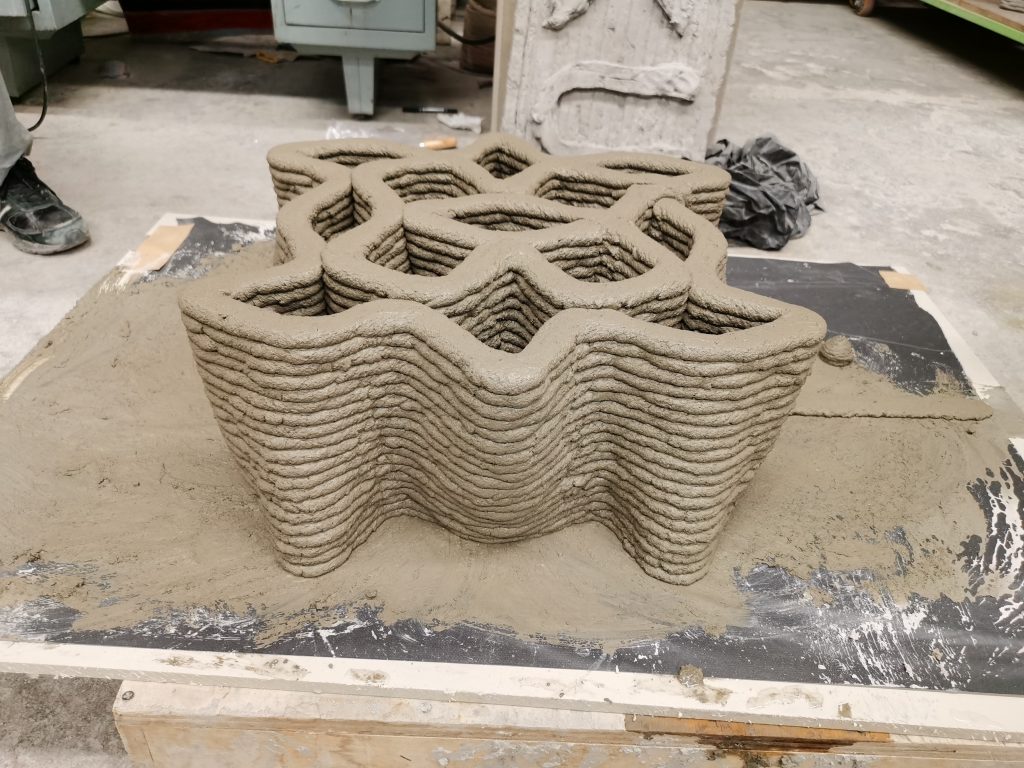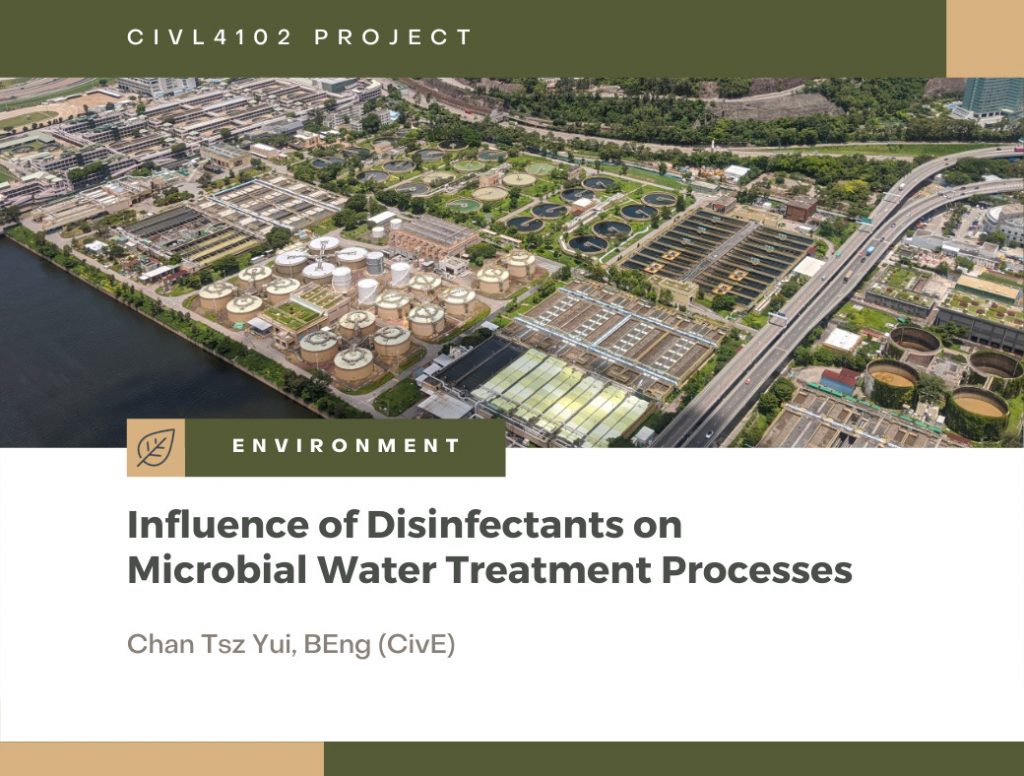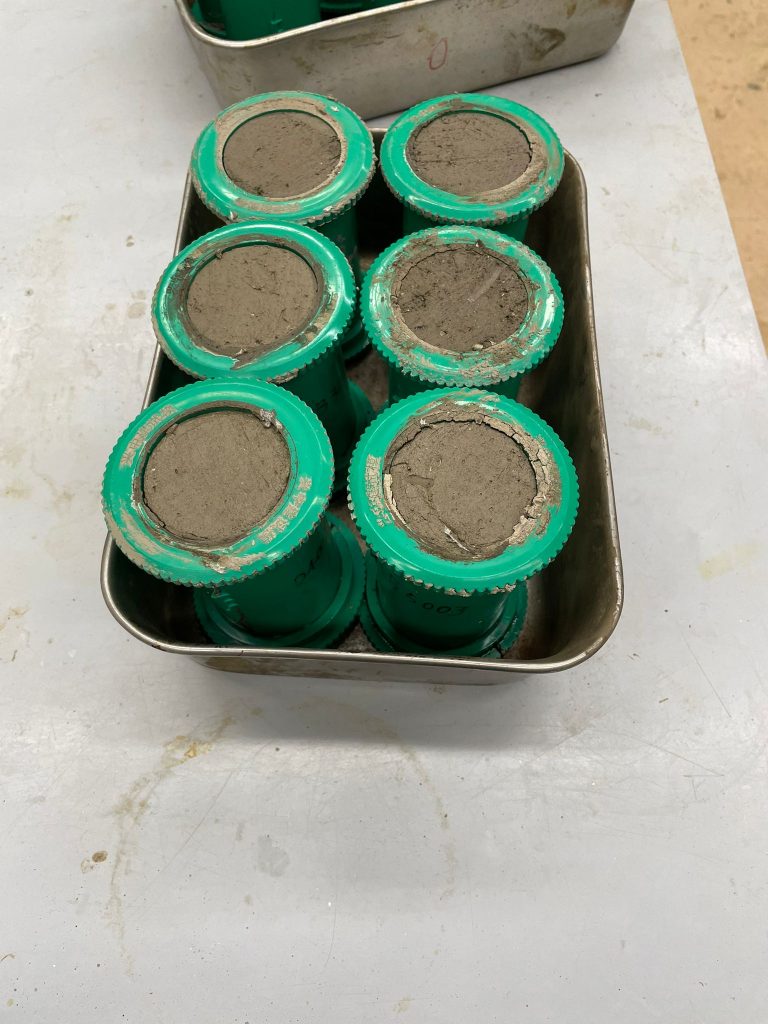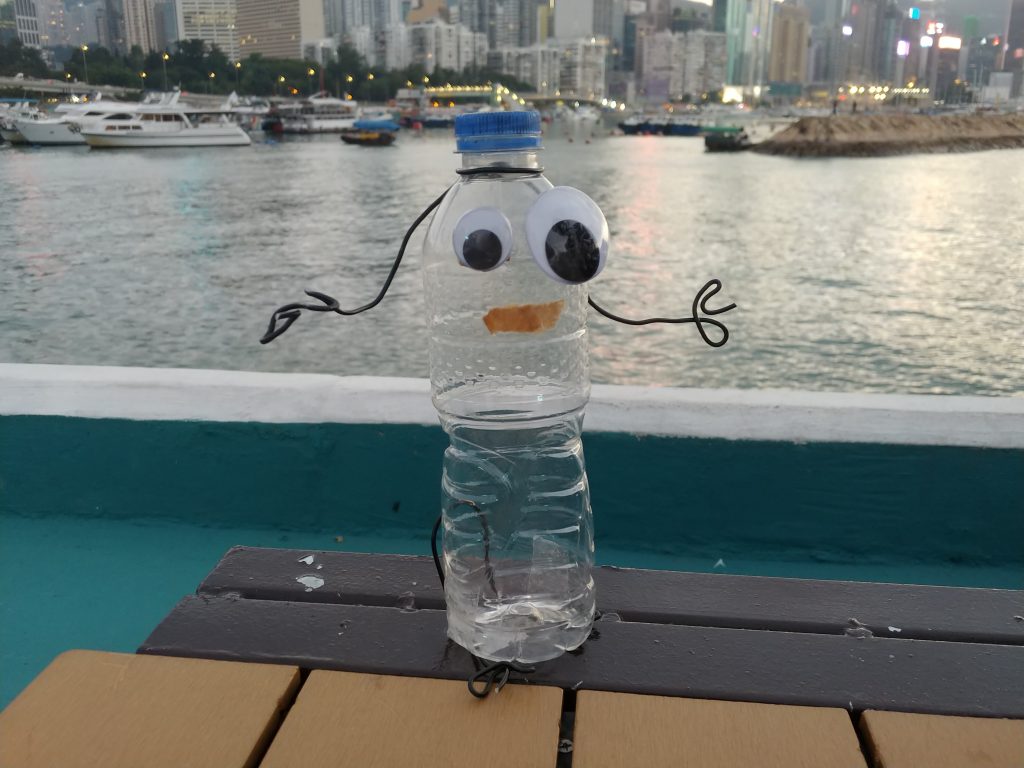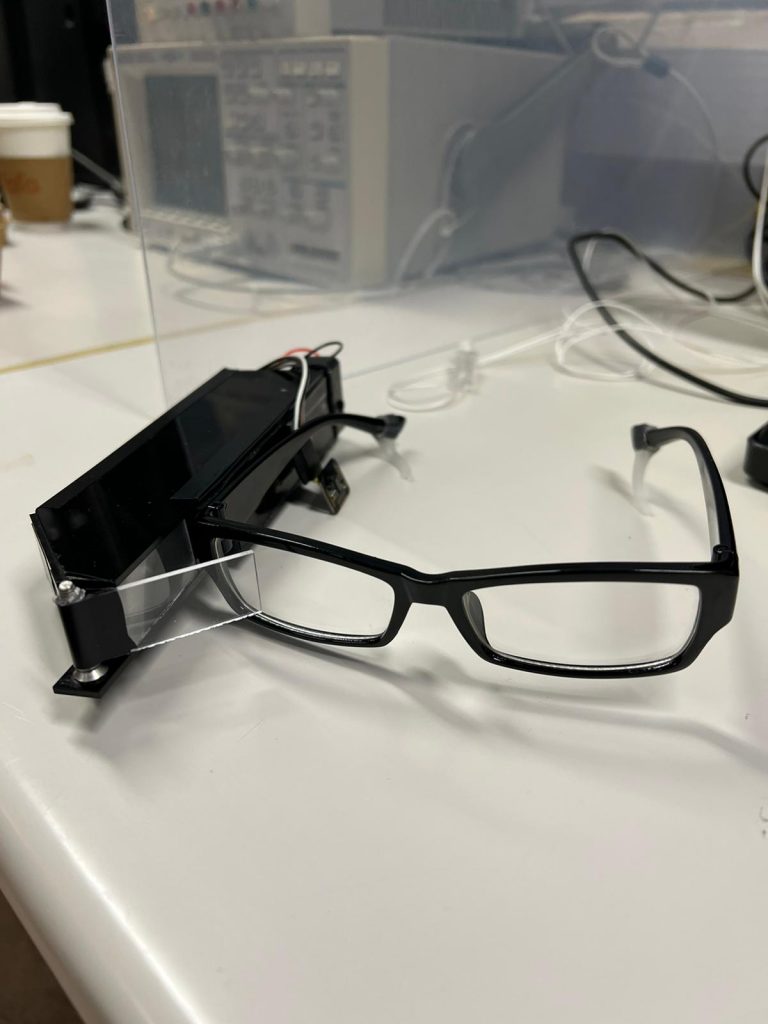Automated FireFighting Vehicle
Under the project, a fire-fighting AGV is developed. The idea is to save and protect firefighters’ lives by substituting human firefighters with AI robots in hazardous firefighting environments (e.g., toxic, extreme heat, radioactive, etc.). The AGV prototype has utilized the image recognition technologies, as well as a handful of sensors, including a ALS module, infrared array sensor as ultrasonic sensor. Modifications on the stock powertrain system of the given chassis were also made to accommodate the need to traverse in the difficult terrain of a firefighting scenario. Water is chosen to be the fire distinguishing agent.





